6 Reasons Why You’re Falling Asleep at Work & Their Solutions
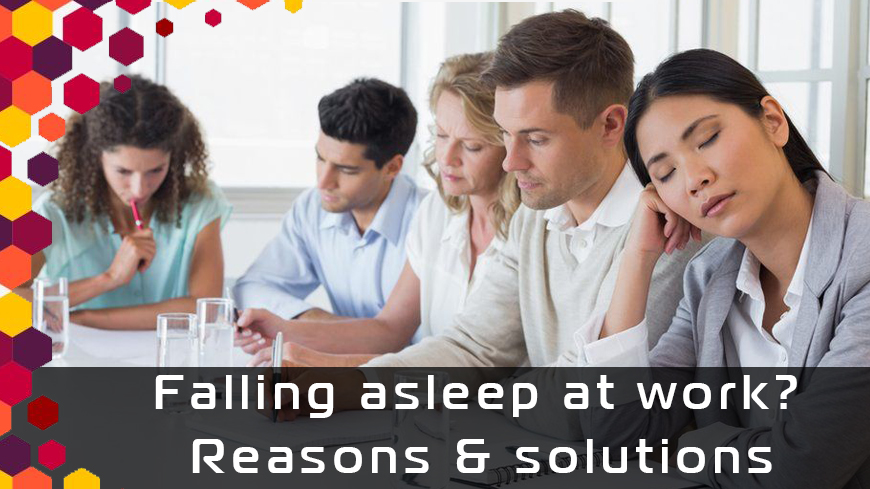
Falling asleep at work? Working all day is tough enough o your body, add lack of sleep to that & things are going to get difficult. If you’re wondering what’s the reason you keep falling asleep at work, then we’ll clear all your doubts in this blogpost. Keep reading.
Overview
The 21st century has bought a fast-paced lifestyle with a burdening amount of workload and dynamic work culture.
Everything has been monetized and it is close to impossible to survive without a constant source of income. This is the most unsuitable time to be fired from your job, that too because you fell asleep in the middle of a workday.
Going through a sufficient amount of sleep at night is as important as attending work on a daily basis.
Factors such as inadequate sleeping time, over-indulgence in intoxicating habits, sleeping disorders (Excessive Daytime Sleepiness (EDS), Obstructive Sleep Apnea (OSA) and Narcolepsy), smartphone distractions, and unsuitable sleep conditions disrupt your energy levels in the following day.
It has become all the more important to regulate sleeping cycles and search for natural solutions to eradicate the issue of taking naps at work.
Falling Asleep at Work
We have curated a list of reasons that cause people to feel fatigued and take involuntary naps during working hours. Along with the reasons, we have also formulated solutions to diminish these sleep-inducing reasons.
1. Non-Uniform Sleeping Cycles
There are days when people sleep at 10 pm and days, when they may even sleep at 1, am or 4 am. However, they yet manage to wake up at a fixed time every morning to attend work.
The people who have a stable sleeping schedule often do not suffer from daytime fatigue. But people who sleep at odd hours and go through incomplete sleeping cycles are more prone to falling asleep during working hours.
Each person must allocate a fixed sleeping schedule to avoid such mishaps.
If you require 5 hours of sleep every night, make sure to achieve that goal. Do not even settle for 4 and a half hours.
The same goes for people who sleep 7 hours, they must ensure they gather all their sleeping hours without any external disturbances.
2. Excessive Caffeine Intake
It is no hidden secret that caffeine is known to alleviate sleep-inducing effects and delay the timing of a person’s body clock. But people are not aware of the negative effects of excessive caffeine consumption on sleep.
Taking in more than required doses of caffeine, that too on a daily basis, causes the body and brain to feel much more tired and fatigued as compared to before taking the first dose.
Once the effects of blocking the dopamine reabsorption receptors wear off, then the caffeine-adenosine receptor bonds break which causes the brain to experience a sudden lack of dopamine.
Regulating caffeine consumption to a maximum of 400 mg a day is an ideal solution for people who find themselves with a cup of coffee more than the average coffee drinkers do.
3. Narcolepsy
Unfortunately, a large number of people suffer from Narcolepsy. This occurs when the brain loses its ability to release enough hypocretin.
Hypocretin sends signals to long-lasting neurotransmitters (dopamine, norepinephrine, and serotonin) that focus on maintaining a significant concentration and alertness level.
Narcolepsy leads to low production of hypocretin, which results in reduced energy levels, cataplexy attacks, and unstable REM sleep cycles. Imagine falling asleep at work and immediately entering, an REM sleep state.
You would literally be dreaming during working hours.
If you are caught off guard then it is sure that you would face consequences such as probation, loss of jobs, or even drastically reduced chances of promotion.
Narcolepsy is a sleeping disorder where a person randomly falls asleep, be it while traveling, writing, talking, or even eating.
There is no permanent cure for this, but there are medications that reduce the effects of Narcolepsy. They include Tricyclic Antidepressants (TCAs) such as Vivactil, Tofranil, and Anafranil; Selective serotonin reuptake inhibitors (SSRIs) such as Effexor, Prozac, and Sarafem; Stimulants such as Modafinil and Armodafinil.
Also Read: Difference Between Type 1 And Type 2 Narcolepsy
4. Excessive Daytime Sleepiness (EDS)
This is a common symptom of narcolepsy.
EDS is generally characterized by an immense lack of energy and persistent sleepiness.
As the name suggests, this sleeping disorder occurs during the day and leads to disconnections with family, less interest in relationships, low performance at work, and other such social disturbances.
EDS commonly occurs due to nighttime disturbances such as sleep apnea, where there is restricted airflow due to overgrowth of tissues.
Underlying health conditions such as gastrointestinal problems, endocrine problems, and asthma also lead to interrupted night time sleeping schedules which results in EDS.
The treatment process for EDS is very similar to that of Narcolepsy.
Stimulants such as Fluoxetine, Modafinil, Paroxetine, Xyrem, and Citalopram help in maintaining long-lasting effects of neurotransmitters such as dopamine, norepinephrine (NE), and serotonin (5-HT).
5. Obstructive Sleep Apnea (OSA)
This is the most common form of sleep apnea.
The main cause of OSA is due to repetitive obstructed airflow in the upper airway while asleep. This leads to a reduced blood oxygen saturation level along with constant loud snores that cause discontinuous sleeping patterns.
Due to the inconsistency in nighttime rest and incomplete body rejuvenation, a person feels exhausted, low on energy, and experiences excessive drowsiness during the day which causes them to fall asleep at work.
Treatment for OSA can range from surgeries to medicines. Some surgeries include jaw relocation, tracheostomy (inserting a plastic tube through the neck for better airflow), tissue shrinkage, and removal of obstructing tissues.
Medicine such as medroxyprogesterone, protriptyline, and fluoxetine help increasing airflow in the upper airway by managing extra tissues via medicinal reactions.
Also Read: Natural Remedies For Sleep Apnea
6. Surrounding Disturbances While Asleep
Factors such as room temperature, room lighting, mattress material, and external sounds can make the world of a difference when sleeping at night.
Researchers have concluded that a temperature of 62-67 degrees Fahrenheit is ideal for optimal sleep.
In the case of room lighting, ensure that no external sources of light are falling upon your body while asleep.
Also, make sure your bed is comfortable and suits your requirements.
All these factors when taken into consideration, can drastically improve the quality of your sleep, and lead to an energetic, alert, and sharp day at work.
Read More: Why Do I Sleep So Much? 9 Common Reasons For Oversleeping
Conclusion
Lack of sleep is a common issue in the white-collar industry and it is evident in their quality of work and ability to meet stringent deadlines.
There is a multitude of dangers that stem from sleep deprivation such as droopy-eyed personalities, dietary complications, reduced metabolism, diabetes, and even obesity.
Some basic lifestyle changes that one must inculcate are avoiding late-night workouts, refraining from binge-watching television series at night, and eating healthier meals.
If you have read all of the above points, you should have more than a rough idea of why are you dozing off at work and also how can you treat such issues.
February 19, 2020 Sam Bell






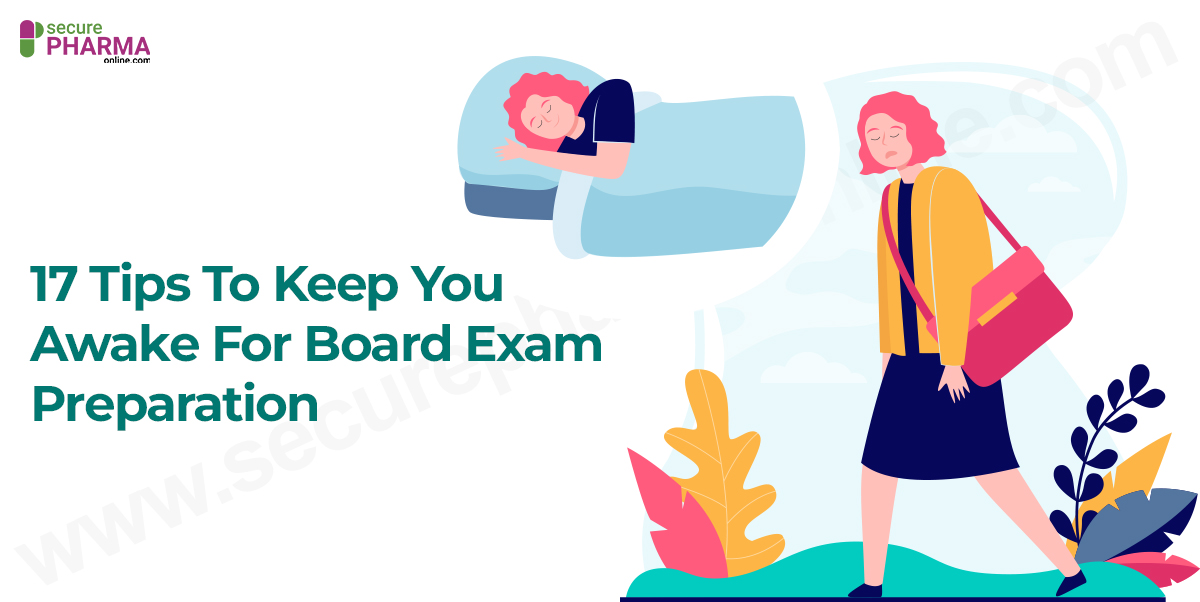
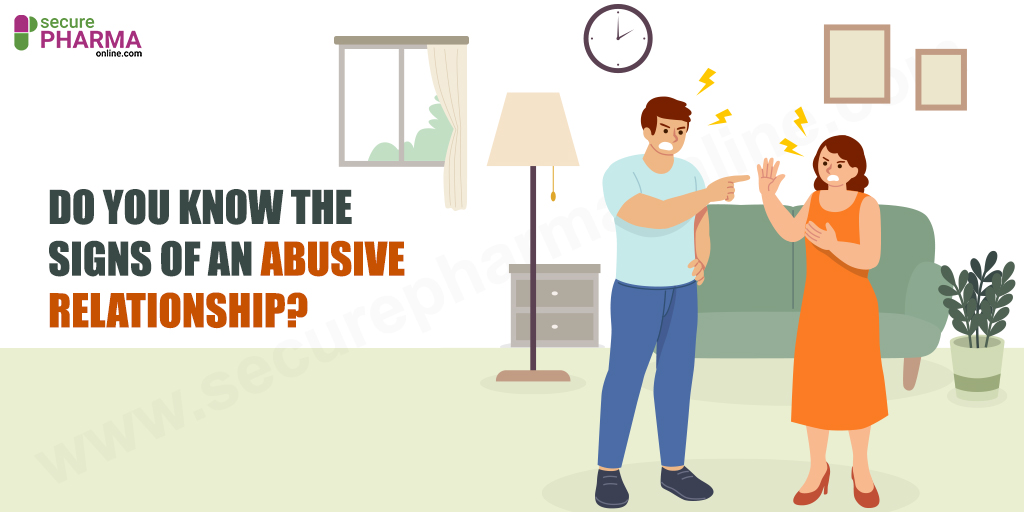

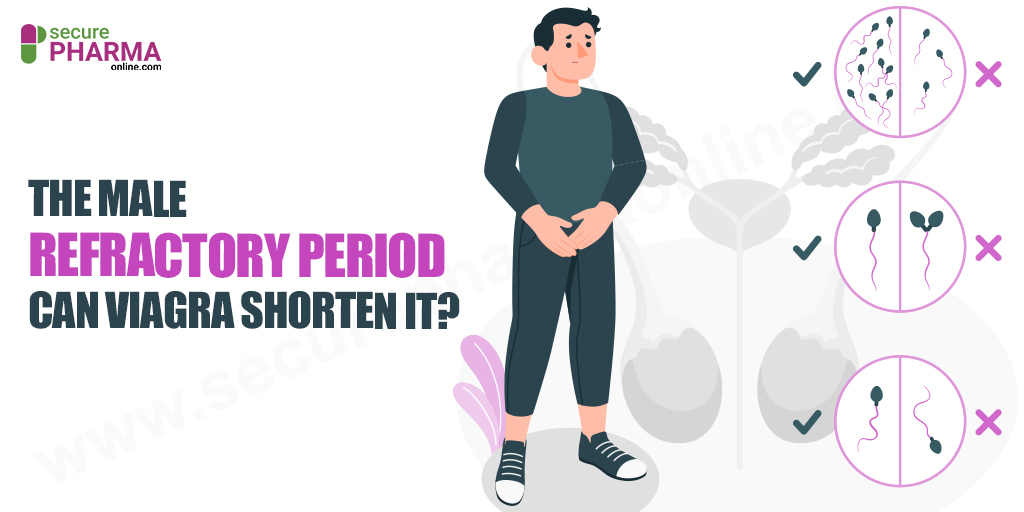
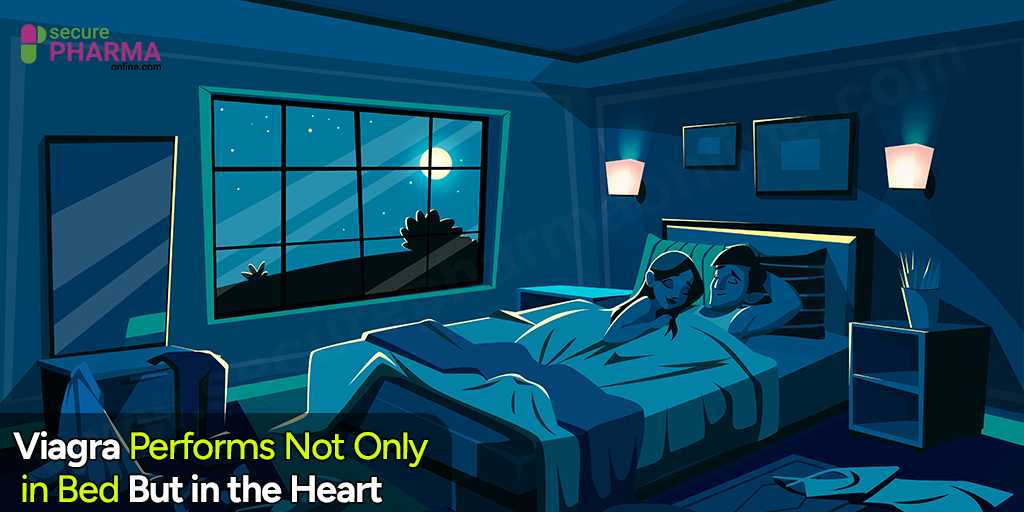
Comments